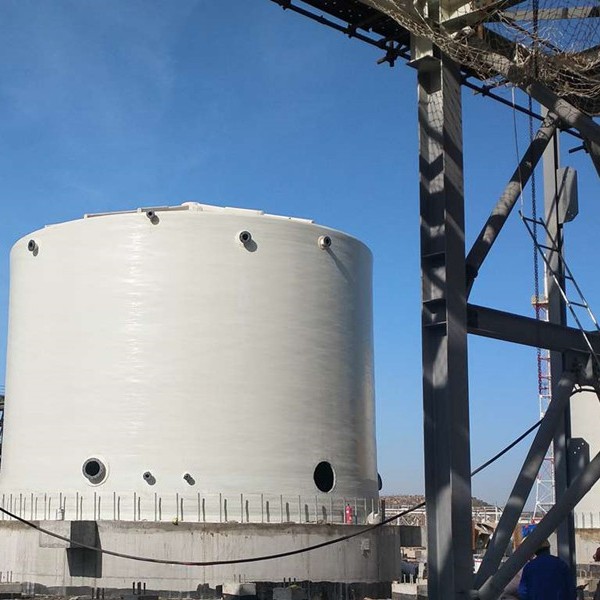
-
 Afrikaans
Afrikaans -
 Albanian
Albanian -
 Amharic
Amharic -
 Arabic
Arabic -
 Armenian
Armenian -
 Azerbaijani
Azerbaijani -
 Basque
Basque -
 Belarusian
Belarusian -
 Bengali
Bengali -
 Bosnian
Bosnian -
 Bulgarian
Bulgarian -
 Catalan
Catalan -
 Cebuano
Cebuano -
 China
China -
 China (Taiwan)
China (Taiwan) -
 Corsican
Corsican -
 Croatian
Croatian -
 Czech
Czech -
 Danish
Danish -
 Dutch
Dutch -
 English
English -
 Esperanto
Esperanto -
 Estonian
Estonian -
 Finnish
Finnish -
 French
French -
 Frisian
Frisian -
 Galician
Galician -
 Georgian
Georgian -
 German
German -
 Greek
Greek -
 Gujarati
Gujarati -
 Haitian Creole
Haitian Creole -
 hausa
hausa -
 hawaiian
hawaiian -
 Hebrew
Hebrew -
 Hindi
Hindi -
 Miao
Miao -
 Hungarian
Hungarian -
 Icelandic
Icelandic -
 igbo
igbo -
 Indonesian
Indonesian -
 irish
irish -
 Italian
Italian -
 Japanese
Japanese -
 Javanese
Javanese -
 Kannada
Kannada -
 kazakh
kazakh -
 Khmer
Khmer -
 Rwandese
Rwandese -
 Korean
Korean -
 Kurdish
Kurdish -
 Kyrgyz
Kyrgyz -
 Lao
Lao -
 Latin
Latin -
 Latvian
Latvian -
 Lithuanian
Lithuanian -
 Luxembourgish
Luxembourgish -
 Macedonian
Macedonian -
 Malgashi
Malgashi -
 Malay
Malay -
 Malayalam
Malayalam -
 Maltese
Maltese -
 Maori
Maori -
 Marathi
Marathi -
 Mongolian
Mongolian -
 Myanmar
Myanmar -
 Nepali
Nepali -
 Norwegian
Norwegian -
 Norwegian
Norwegian -
 Occitan
Occitan -
 Pashto
Pashto -
 Persian
Persian -
 Polish
Polish -
 Portuguese
Portuguese -
 Punjabi
Punjabi -
 Romanian
Romanian -
 Russian
Russian -
 Samoan
Samoan -
 Scottish Gaelic
Scottish Gaelic -
 Serbian
Serbian -
 Sesotho
Sesotho -
 Shona
Shona -
 Sindhi
Sindhi -
 Sinhala
Sinhala -
 Slovak
Slovak -
 Slovenian
Slovenian -
 Somali
Somali -
 Spanish
Spanish -
 Sundanese
Sundanese -
 Swahili
Swahili -
 Swedish
Swedish -
 Tagalog
Tagalog -
 Tajik
Tajik -
 Tamil
Tamil -
 Tatar
Tatar -
 Telugu
Telugu -
 Thai
Thai -
 Turkish
Turkish -
 Turkmen
Turkmen -
 Ukrainian
Ukrainian -
 Urdu
Urdu -
 Uighur
Uighur -
 Uzbek
Uzbek -
 Vietnamese
Vietnamese -
 Welsh
Welsh -
 Bantu
Bantu -
 Yiddish
Yiddish -
 Yoruba
Yoruba -
 Zulu
Zulu
frp tank
Understanding FRP Tanks A Comprehensive Overview
Fiberglass Reinforced Plastic (FRP) tanks have become increasingly popular in various industries for their durability, corrosion resistance, and lightweight properties. These tanks are engineered from a composite material consisting of fiberglass reinforced polymer, making them ideal for storing chemicals, water, and other liquids. In this article, we will explore the key features, advantages, applications, and maintenance of FRP tanks.
Key Features of FRP Tanks
FRP tanks are constructed using a combination of glass fibers and resin, which provides remarkable strength while minimizing weight. This composite material can withstand high pressures and temperatures, making FRP tanks suitable for a wide range of applications. Additionally, the smooth internal surface of the tanks reduces the potential for bacterial growth and allows for easy cleaning.
Another notable feature of FRP tanks is their resistance to chemical corrosion. Unlike traditional materials like steel or concrete, FRP tanks can resist a variety of harsh chemicals, making them ideal for industries such as pharmaceuticals, food processing, and wastewater treatment. Furthermore, the tanks can be customized in terms of size, shape, and color, catering to specific client needs.
Advantages of FRP Tanks
One of the primary advantages of FRP tanks is their lightweight nature. This feature significantly reduces transportation and installation costs, as fewer resources are needed to move and position the tanks compared to heavier materials. Furthermore, the ease of installation allows for quick setup, minimizing downtime in industrial operations.
Strength and durability are other critical benefits of FRP tanks. These tanks can endure extreme environmental conditions, including UV exposure, extreme temperatures, and harsh chemicals, which can quickly degrade conventional storage solutions. The long lifespan of FRP tanks reduces the need for frequent replacements and maintenance, providing long-term cost savings.
frp tank

Applications of FRP Tanks
FRP tanks have a diverse range of applications across various industries. In the chemical industry, they are used for storing aggressive chemicals, including acids and alkalis. In the water treatment sector, FRP tanks are commonly employed for both potable water storage and wastewater treatment processes. Their ability to resist corrosion makes them ideal for these applications.
Additionally, FRP tanks are prevalent in the agriculture sector for liquid fertilizer storage, as well as in the pulp and paper industry, where they store chemicals necessary for production. The versatility of FRP tanks extends to the food and beverage industry, where they are utilized for water storage and processing of food materials due to their non-reactive nature.
Maintenance of FRP Tanks
Maintaining FRP tanks is relatively straightforward, primarily due to their corrosion-resistant properties. Regular inspections should be conducted to ensure structural integrity and to check for any signs of damage. Cleaning the tanks periodically will help prevent any buildup of residues that could affect the quality of the stored contents.
In areas where tanks are subjected to heavy wear or potential impact, additional protective measures, such as installing shields or using protective coatings, can prolong the lifespan of the tanks and ensure their continued effectiveness.
Conclusion
FRP tanks represent a versatile and reliable solution for various storage needs across diverse industries. With their exceptional strength, resistance to corrosion, lightweight properties, and customizable designs, they continue to pave the way for innovative storage solutions. As industries strive for efficiency and sustainability, FRP tanks are poised to play an increasingly significant role in addressing the demands of modern storage challenges.
Latest news
-
Exploring the Benefits of Top Hammer Drifter Rods for Enhanced Drilling PerformanceNewsJun.10,2025
-
High-Precision Fiberglass Winding Machine for GRP/FRP Pipe Production – Reliable & Efficient SolutionsNewsJun.10,2025
-
FRP Pipes & Fittings for Shipbuilding - Corrosion-Resistant & LightweightNewsJun.09,2025
-
Premium FRP Flooring Solutions Durable & Slip-ResistantNewsJun.09,2025
-
Premium Fiberglass Rectangular Tanks Durable & Lightweight SolutionNewsJun.09,2025
-
Tapered Drill String Design Guide Durable Performance & UsesNewsJun.09,2025









